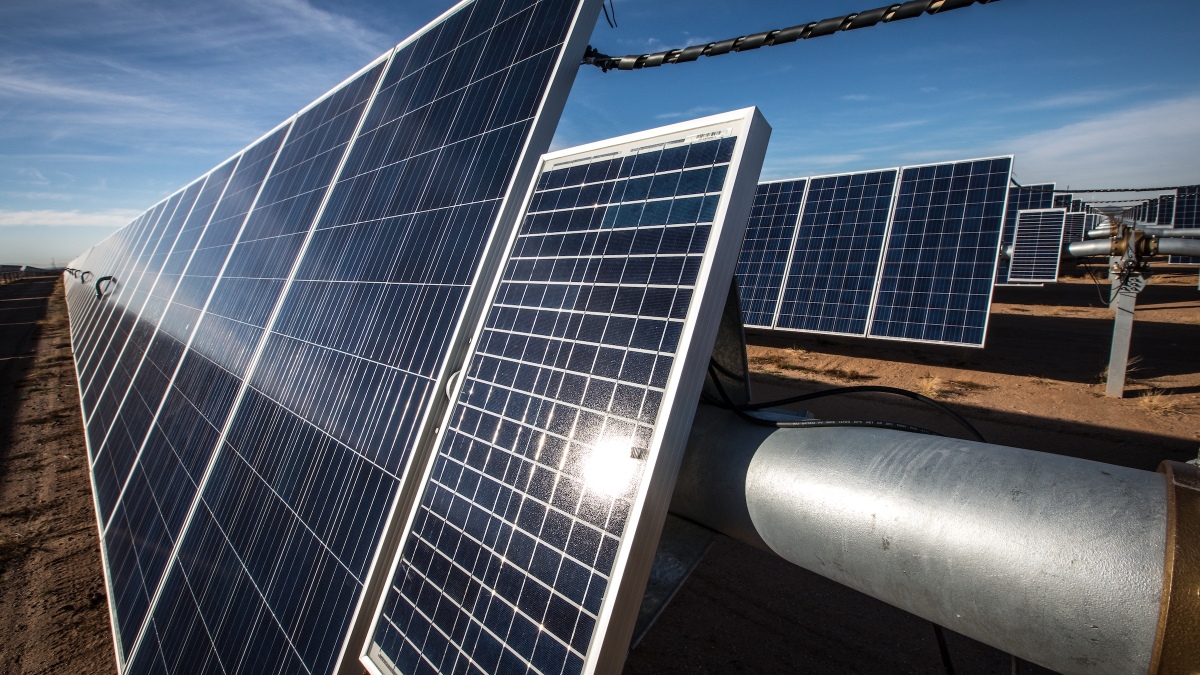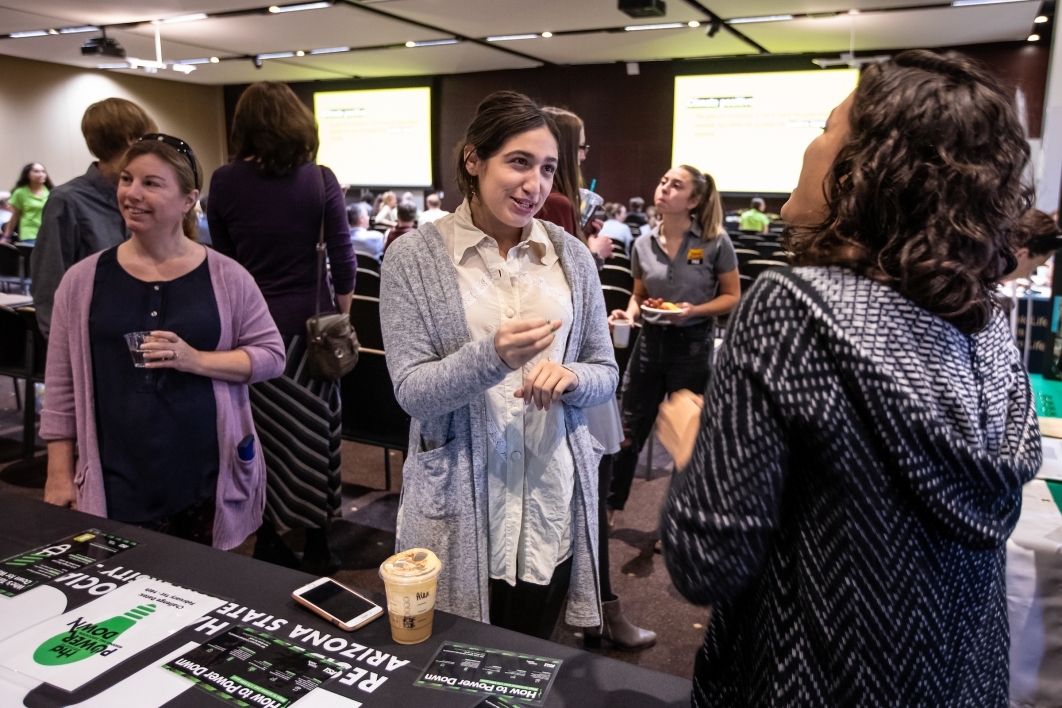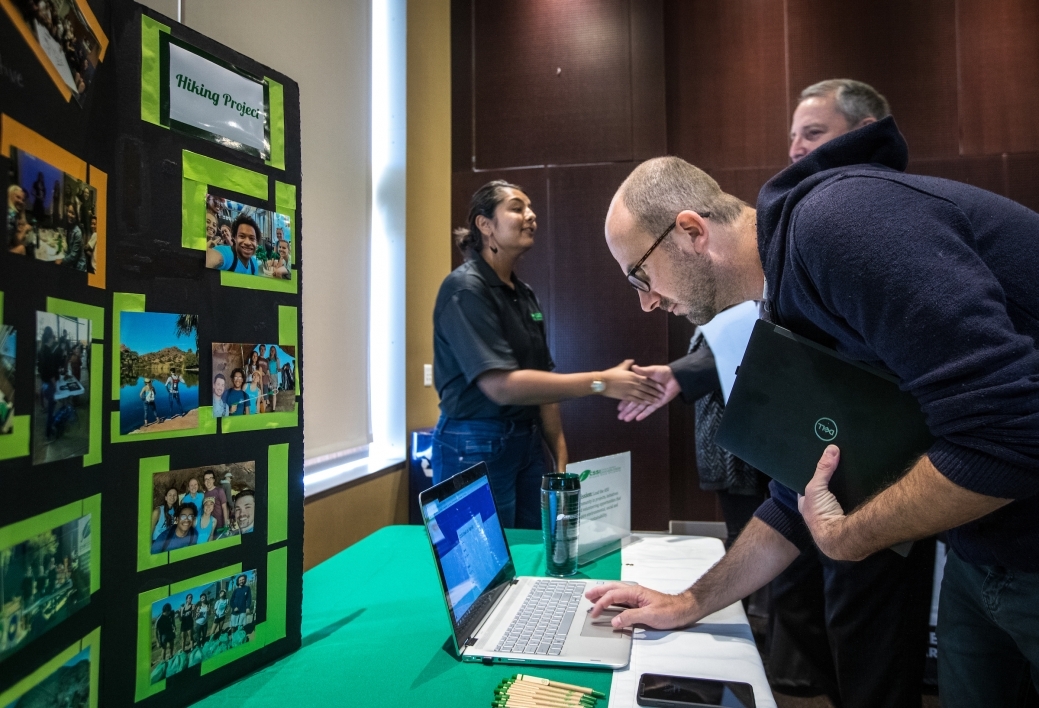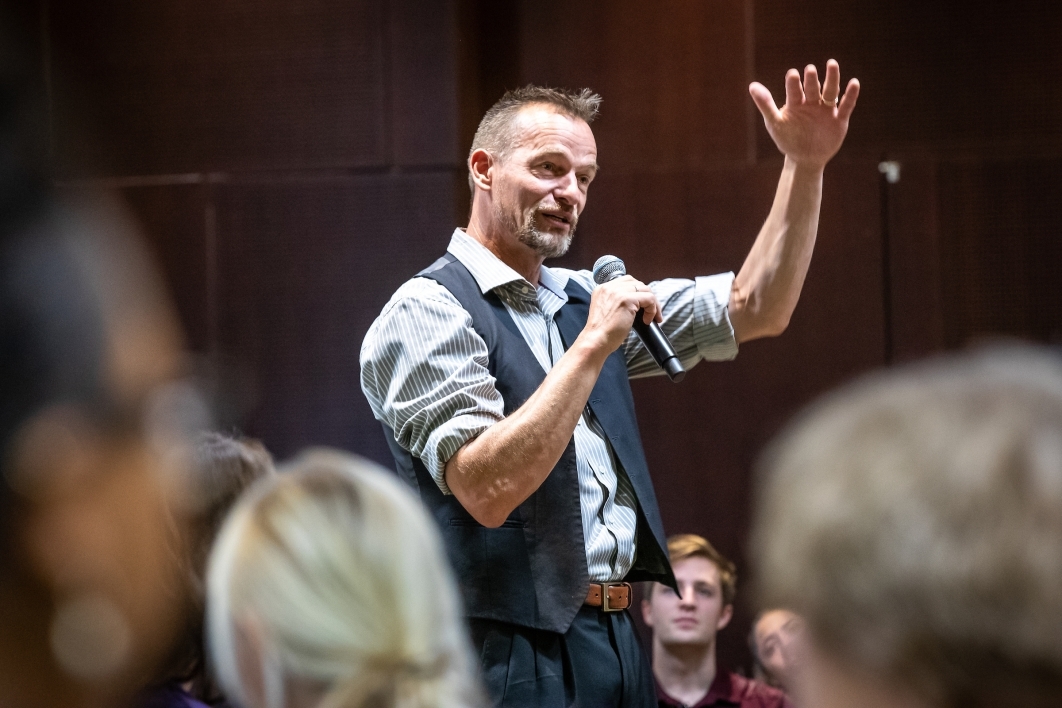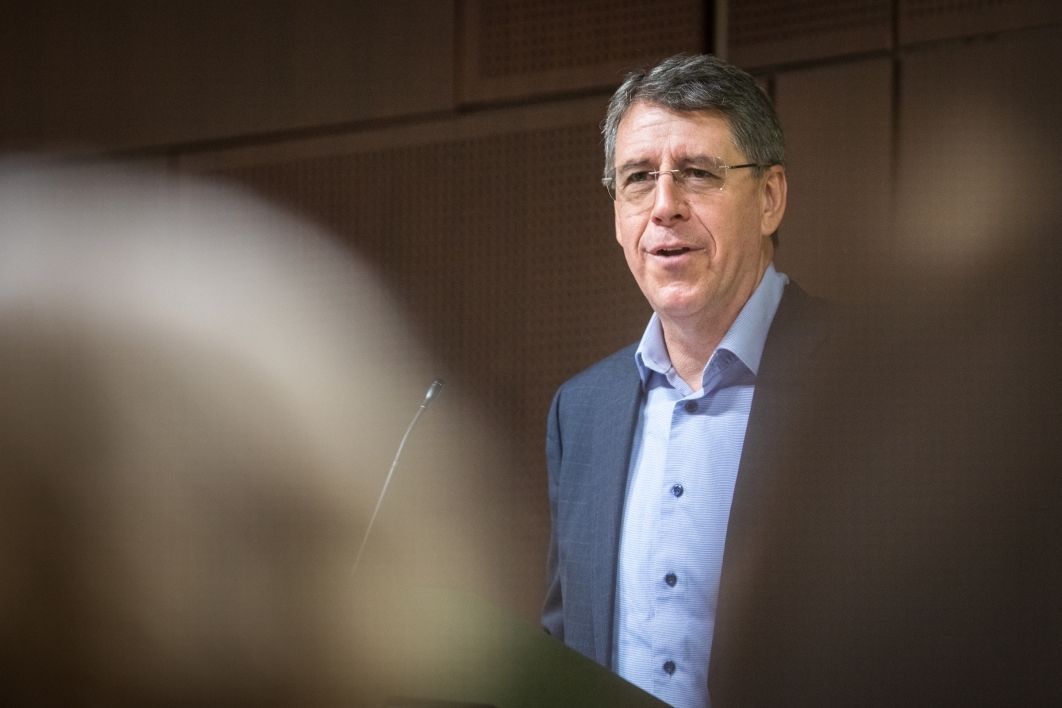Arizona State University — home of the first school of sustainability in the U.S. and designated as the largest fair trade university in the nation — delivered its fourth annual report on progress toward its goals at Monday's State of Sustainability Summit.
President Michael Crow called it a signature intellectual trajectory for the university in a video address.
With dozens of initiatives underway, “We want a hallmark signature of Arizona State University to be sustainability and everything sustainable,” Crow said.
The university’s goal is not to have the least negative impact possible, but rather the greatest net positive impact. That includes educating students while they are enrolled so they make an impact after graduation.
“We educate the next generation of leaders who will take this sustainability knowledge, and every decision they make will be informed by this knowledge,” said Morgan Olsen, executive vice president, treasurer and chief financial officer.
One of the next generation of those leaders is Myra Khan, a sophomore majoring in sustainability. On behalf of Campus Student Sustainability Initiatives, Khan received the “people’s choice” voteAudience members attending the State of Sustainability event voted on a handful of student projects. among a handful of student groups for the organization's hiking project.
The hiking project began as a mini retreat that CSSI members did as a bonding activity. They chose a park or nature preserve to visit and pick up trash. Along with the volunteering aspect of the project, they also try to meet people along the trail and talk with them about their experiences with sustainability. Now it has grown into mini retreats aimed at fostering community and sustainability both in and out of ASU.
"The hiking project exemplifies CSSI's core values of volunteering, community building and taking classroom knowledge out into the world," Khan said. "We encourage any and all students interested in making a difference on campus or in the broader community to join CSSI and build great projects like the hiking project."
It was thrilling for her group to win the recognition, but Khan said they were equally thrilled to be one of a number of student sustainability groups.
"All of us on the CSSI board were all very excited to win the award since we're very proud of the wonderful ideas and projects our members bring to the organization," she said. "There are countless sustainability-based student organizations working on fantastic endeavours, and we were honored to be recognized among them. The work of all of these student organizations is remarkable and gives me hope for the future and our ability to solve the world's pressing sustainability challenges."
Monday's summit went over university highlights for fiscal year 2018. Since keeping track in 2007, ASU hit its highest amount of waste diverted from landfills to date: 4,000 tons.
Ditch the Dumpster donations hit an all-time high: 58,820 pounds of donations.
More than 70 people participated in 27 volunteer opportunities sorting Blue Bag material or engaging the public at sporting events, completing 174 hours of service.
Paper use has gone down across the university to about half of what was used in 2007. Half the paper used is now recycled.

Greenhouse gas emissions have been reduced 28 percent since fiscal year 2007.

Every sporting event is a zero waste event.
Since 2014, 20 farm stands have been held, engaging 1,744 students, staff and faculty.
Ten tower gardens have been installed on the Engrained patio for food systems engagement. More than 200 pounds of organic produce was grown and harvested for students and staff.
More than 1,800 volunteer hours were logged at the community garden and 757 pounds of organic produce donated to local food banks.
“Sustainability is a fundamental part of everything we do here at ASU,” Olsen said. “We are walking the talk.”
Top photo: Solar installation, Red Rock, Arizona. Photo by Charlie Leight/ASU Now. Graphics courtesy of University Sustainability Practices, Arizona State University.
More Science and technology

Hack like you 'meme' it
What do pepperoni pizza, cat memes and an online dojo have in common?It turns out, these are all essential elements of a great cybersecurity hacking competition.And experts at Arizona State…

ASU professor breeds new tomato variety, the 'Desert Dew'
In an era defined by climate volatility and resource scarcity, researchers are developing crops that can survive — and thrive — under pressure.One such innovation is the newly released tomato variety…

Science meets play: ASU researcher makes developmental science hands-on for families
On a Friday morning at the Edna Vihel Arts Center in Tempe, toddlers dip paint brushes into bright colors, decorating paper fish. Nearby, children chase bubbles and move to music, while…


